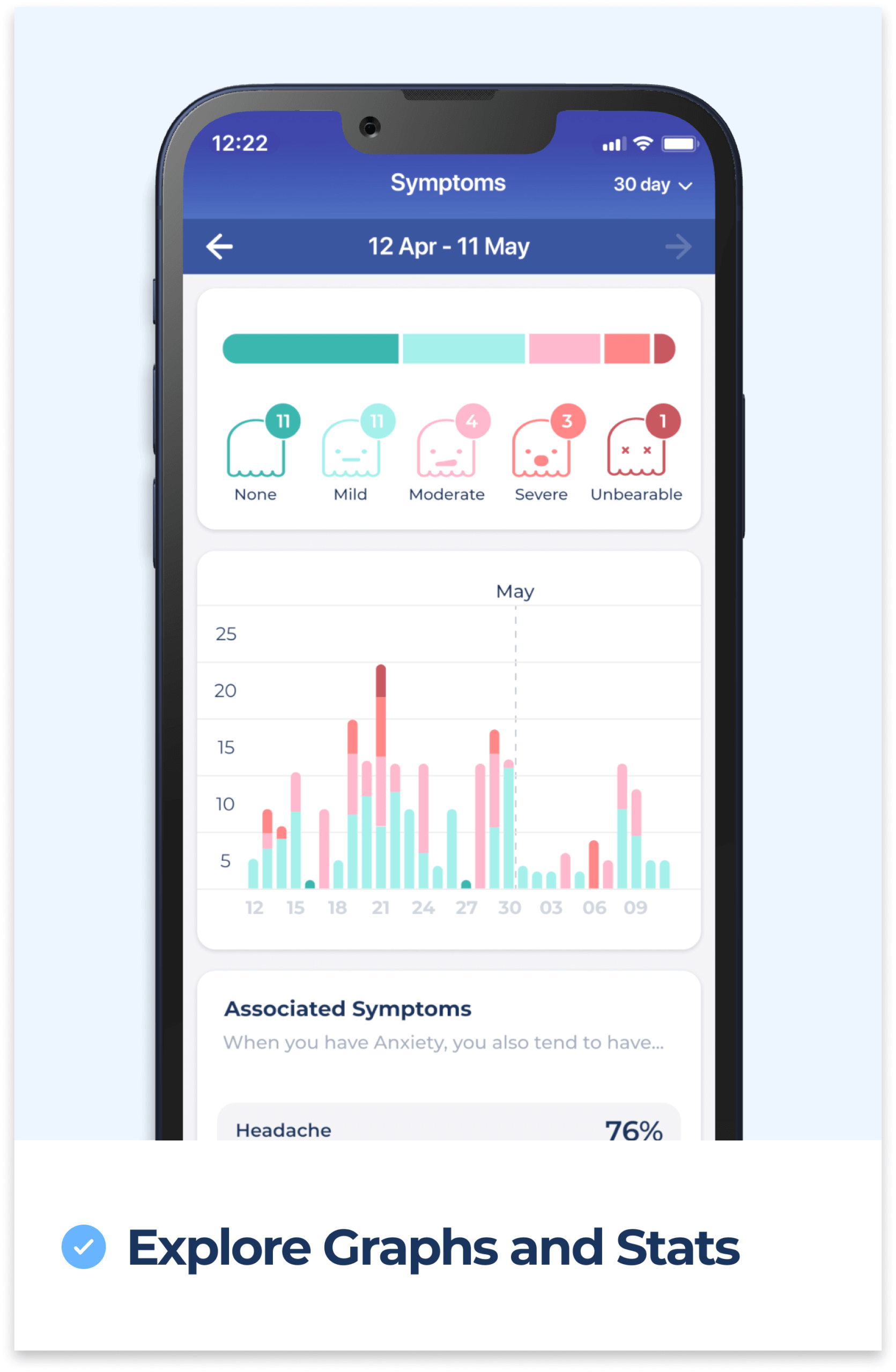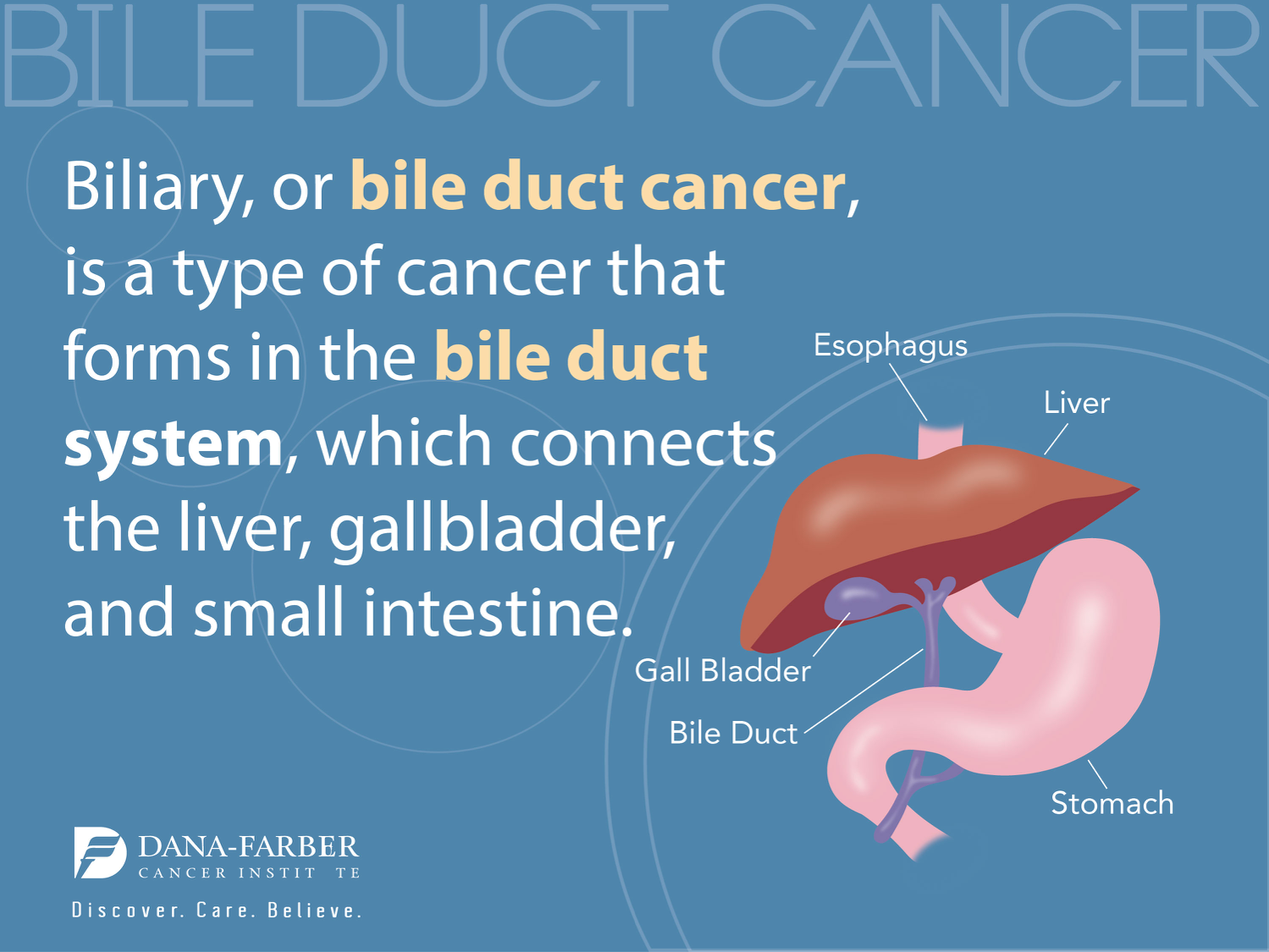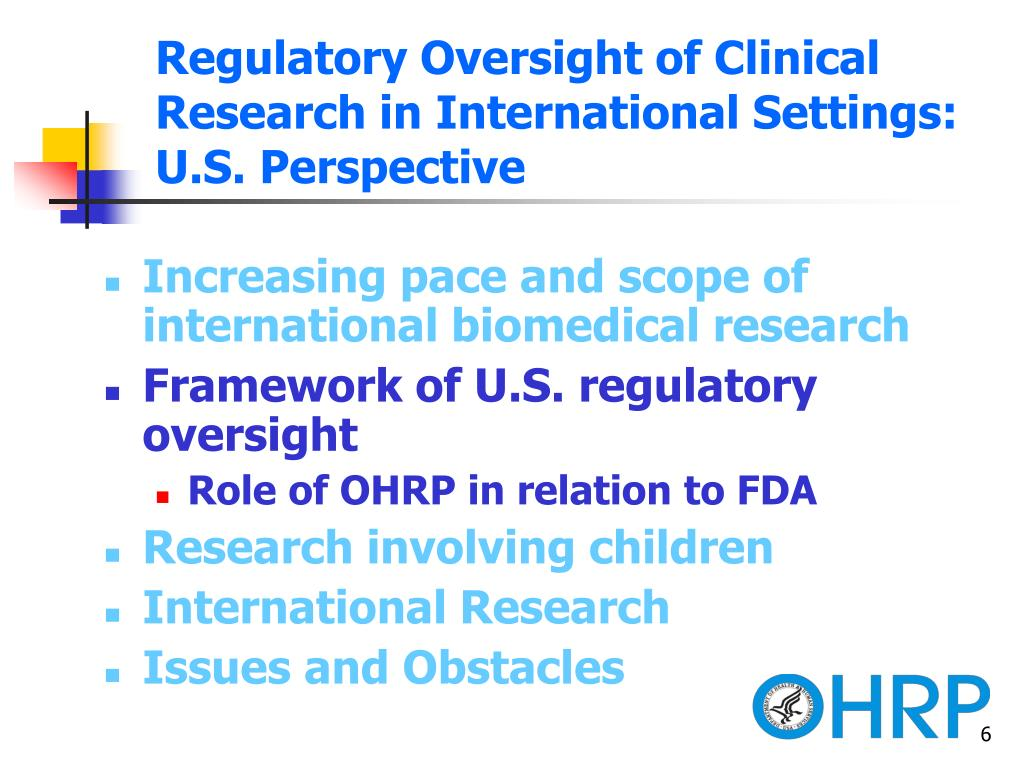Health Tracking Memories is an innovative area of research that explores how our memories are formed and how they can be monitored over time. By utilizing advanced neuroscience memory techniques, researchers are mapping brain synapses to unveil the intricacies of our memory networks, offering potential breakthroughs in dementia treatment research. This field relies on understanding synaptic plasticity in learning – the brain’s remarkable ability to adapt and strengthen connections in response to new information. One promising advancement in this domain is the EPSILON technique for memory, which enables scientists to observe the behavior of critical proteins involved in synaptic transmission. With these insights, we stand on the brink of developing new therapies that could enhance memory function and combat neurodegenerative disorders.
The exploration of Memory Tracking Techniques is gaining momentum as scientists delve deeper into the mysteries of cognition and memory formation. By employing cutting-edge methodologies to elucidate the functioning of synapses, researchers are laying the groundwork for innovative treatments targeting cognitive decline. These methodologies focus on understanding synaptic dynamics and the role of proteins pivotal in memory processing. The EPSILON approach is a prime example of how advanced tools are being harnessed to dissect the underlying mechanisms of memory strengthening and erosion. This research not only sheds light on the biological basis of memory but also opens doors to therapeutic interventions for conditions like Alzheimer’s.
Understanding Synaptic Plasticity and Memory Formation
Synaptic plasticity is a crucial mechanism that underlies all learning and memory processes in the brain. By strengthening or modifying the connections between neurons, learning occurs as the brain adapts to new experiences. Neuroscience has long studied this phenomenon, and recent research emphasizes the significant role of AMPARs (α-amino-3-hydroxy-5-methyl-4-isoxazolepropionic acid receptors) in mediating synaptic changes. These receptors facilitate communication between neurons, which is essential for memory encoding and retrieval.
Innovative techniques like the EPSILON method have transformed our understanding of synaptic plasticity. By mapping the movement of proteins involved in signal transmission, researchers can now observe how memories are physically embedded in the brain’s neural pathways. As memories form, synaptic connections undergo modifications that enhance or inhibit the flow of information. By studying these synaptic alterations, scientists are unraveling the complexities associated with memory formation and retention.
The Role of EPSILON Technique in Treating Memory Disorders
The EPSILON technique represents a significant breakthrough in the exploration of neurological disorders, particularly in the context of dementia treatment research. By enabling high-resolution imaging of synaptic behavior, researchers can study the underlying causes of memory-related diseases with unprecedented detail. This approach opens new avenues for understanding the molecular basis of synaptic dysfunction that characterizes conditions like Alzheimer’s disease.
Through the insights gained from EPSILON, there is potential for developing targeted therapies that address synaptic impairments. As researchers learn more about the critical roles that proteins like AMPARs play in sustaining healthy synaptic communication, these findings could guide the creation of new strategies to restore synaptic function and improve cognitive health in individuals suffering from memory disorders. The continued application of this technique is essential for advancing our understanding of the neurobiology of memory.
Health Tracking Memories: Mapping Neural Connections
Health tracking memories involves understanding how specific memories are represented within neural networks. By employing innovative imaging techniques, researchers can visualize the dynamic changes in synaptic connections that happen when a memory is formed. This mapping of brain synapses not only enhances our comprehension of memory processes but also aids in tracking the health of cognitive functions over time.
As memory health declines, often due to aging or neurodegenerative diseases, the ability to monitor synaptic integrity becomes invaluable. The application of EPSILON can help identify early synaptic changes that precede memory loss, providing critical insights for preventative measures and treatments. By focusing on how synaptic patterns shift, we can create a more robust framework for understanding cognitive health, ultimately leading to improved strategies for maintaining memory vitality.
Neuroscience Memory Techniques and Their Practical Applications
Neuroscience memory techniques have evolved significantly, leveraging cutting-edge innovations such as the EPSILON method to explore the intricacies of memory formation. Techniques like these not only enhance our theoretical understanding but also have practical implications for education and cognitive enhancement. By understanding how information is stored and recalled, educators can develop strategies that optimize learning experiences, catering to individual cognitive strengths.
Moreover, these memory techniques are becoming increasingly relevant in therapeutic settings. For individuals with memory impairments, personalized neuroscience-based interventions can arise from the insights gleaned through advanced research methods. Techniques may include cognitive exercises tailored to enhance synaptic plasticity, ultimately leading to improved memory retention and recall in both healthy populations and those with cognitive deficits.
Innovations in Memory Research: The Link to Dementia
Recent innovations in memory research have illuminated the pathways connecting synaptic health and memory disorders such as dementia. By understanding how the brain’s synaptic architecture changes with age or disease, scientists are laying the groundwork for new diagnostic tools and therapeutic strategies. For example, the EPSILON technique offers the possibility of observing memory-associated synaptic changes in real-time, revealing critical insights that could inform early interventions.
Dementia treatment research is being revolutionized by discoveries related to synaptic plasticity. As researchers identify the mechanisms that underpin memory formation, they gain a greater understanding of the deterioration experienced in dementia patients. This research feedback loop is pivotal, as it can inspire next-generation therapies aimed at preserving memory function and improving life quality for individuals affected by these debilitating conditions.
The Impact of AMPARs on Memory and Learning
AMPARs are integral to synaptic plasticity, playing a vital role in the formation of memories. Their presence at synapses allows neurons to effectively communicate, enabling the brain to process and store new information. Recent findings underscore the significance of AMPAR trafficking to specific synaptic locations, directly linking these dynamics to both the strength and longevity of memory traces.
As researchers delve deeper into the roles played by AMPARs, they are uncovering new mechanisms of learning that could potentially reshape our understanding of cognitive processes. The insights gleaned from these studies may eventually lead to targeted therapeutic interventions that enhance AMPAR functionality, potentially mitigating the effects of memory disorders characterized by synaptic dysfunction.
Advancements in Microscopy for Enhanced Memory Studies
The development of advanced microscopy techniques has revolutionized our ability to study memory formation at the synaptic level. High-resolution imaging allows researchers to observe the intricate interactions that occur at synapses, facilitating a deeper understanding of synaptic plasticity. Such advancements have made it possible to visualize and analyze the dynamic changes in synaptic structures that occur during the encoding of memories.
These innovations in microscopy are crucial for memory research as they provide unprecedented access to molecular details that were once concealed. The application of these techniques, like EPSILON, enables scientists to track how synaptic connections evolve in response to learning. By uncovering these patterns, researchers can establish clearer relationships between synaptic behavior and cognitive functions, paving the way for impactful therapeutic approaches.
Exploring Cognitive Phenomena Through EPSILON
The versatility of the EPSILON technique allows researchers to explore a wide array of cognitive phenomena beyond just memory formation. By examining how synaptic plasticity operates under diverse conditions, scientists can gain insights into how different types of memories are encoded and retrieved. This exploration is essential for understanding the complexities of human cognition and the variances in individual cognitive abilities.
The ability to map synaptic changes over time with precision provides researchers the tools needed to analyze cognitive performance comprehensively. It empowers the scientific community to develop nuanced hypotheses regarding how diverse memories are formed and expressed. This knowledge can contribute to future advancements in cognitive therapies, helping to foster better mental health across populations.
Future Directions in Memory Research and Health Applications
Looking toward the future, the continuous exploration of memory research poses exciting possibilities for health applications. The insights gained from techniques like EPSILON could inform the development of preventative measures and solutions for cognitive decline. By understanding the molecular underpinnings of synaptic health, researchers may formulate novel strategies that bolster memory and cognitive function in aging populations.
As science advances, integrating these findings into public health initiatives will be crucial. Implementing strategies that promote neurological health can potentially mitigate the risks associated with cognitive impairments. Collaboration between researchers, clinicians, and public health officials will be essential to ensure that breakthroughs in memory research translate to effective preventative health measures and treatments for those affected by memory disorders.
Frequently Asked Questions
What is the EPSILON technique and how does it relate to health tracking memories?
The EPSILON technique, or Extracellular Protein Surface Labeling in Neurons, is a groundbreaking method developed by researchers to map the synapses and molecular interactions crucial for health tracking memories. It allows scientists to visualize key proteins involved in synaptic plasticity, which is essential for learning and memory formation, thereby providing insights into the biological processes underlying memory-related health issues like dementia.
How does synaptic plasticity contribute to health tracking memories?
Synaptic plasticity is the brain’s ability to strengthen or weaken synapses based on activity, which plays a vital role in health tracking memories. This process enables our brains to adapt and reorganize, thus influencing how effectively we can learn and remember information, ultimately impacting cognitive health and memory retention over time.
Can neuroscience memory techniques improve health tracking memories in dementia treatment research?
Yes, neuroscience memory techniques, such as those involving the EPSILON method and synaptic mapping, provide critical insights into how memories are formed and maintained. By understanding these mechanisms, researchers can develop targeted therapies that may enhance memory function or slow cognitive decline in dementia patients, marking a significant step forward in dementia treatment research.
What are the implications of mapping brain synapses on health tracking memories?
Mapping brain synapses offers profound implications for health tracking memories as it provides a clearer understanding of the structural and functional changes that occur during memory formation. This knowledge can lead to new therapeutic approaches for memory impairments associated with neurological disorders, helping improve overall cognitive health.
How do the findings from Harvard’s research affect our understanding of synaptic plasticity in learning?
The Harvard research findings highlight the detailed mechanisms of synaptic plasticity, revealing how specific memories are formed and stored in the brain. By utilizing the EPSILON technique, researchers can now track the dynamics of synaptic changes over time, enhancing our understanding of the learning process and providing potential strategies for improving health tracking memories.
| Key Point | Description |
|---|---|
| New Technique | Harvard researchers have developed a method to map how learning and memories are formed at the molecular level. |
| EPSILON Method | Extracellular Protein Surface Labeling in Neurons (EPSILON) maps proteins, crucial for signal transmission across synapses. |
| Synaptic Plasticity | Refers to the ability of synapses to strengthen or weaken over time, essential for memory formation. |
| High Resolution Observations | The combination of fluorescent labeling and advanced microscopy provides detailed views of synaptic interactions. |
| Relevance to Neurological Disorders | Findings may lead to new treatments for conditions like dementia and Alzheimer’s, linked to synaptic dysfunction. |
| Future Applications | Cohen hopes EPSILON will be used globally to study cognitive phenomena and enhance memory impairment therapies. |
Summary
Health Tracking Memories is revolutionizing our understanding of memory formation through groundbreaking research from Harvard. The newly developed EPSILON technique allows scientists to visualize synaptic behavior with unprecedented clarity, paving the way for insights that could lead to treatments for neurological disorders like dementia. By understanding the nuances of synaptic plasticity, researchers are not only uncovering the mechanisms of memory but also finding potential avenues to enhance therapeutic strategies for those affected by memory impairments.



